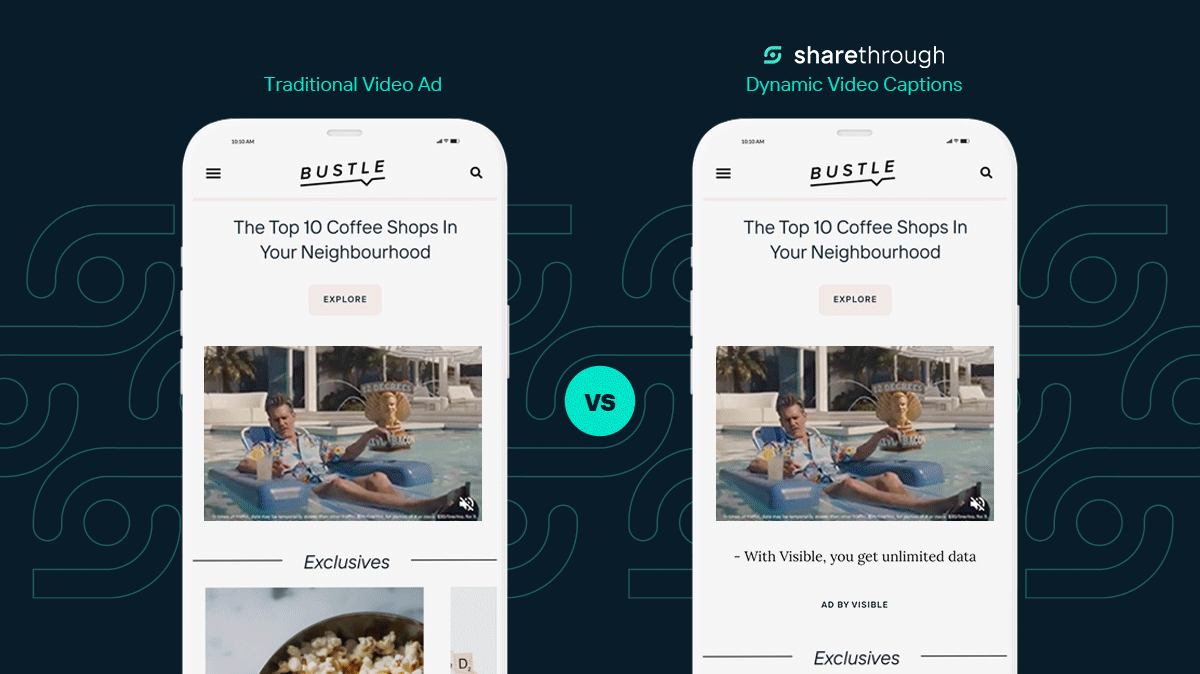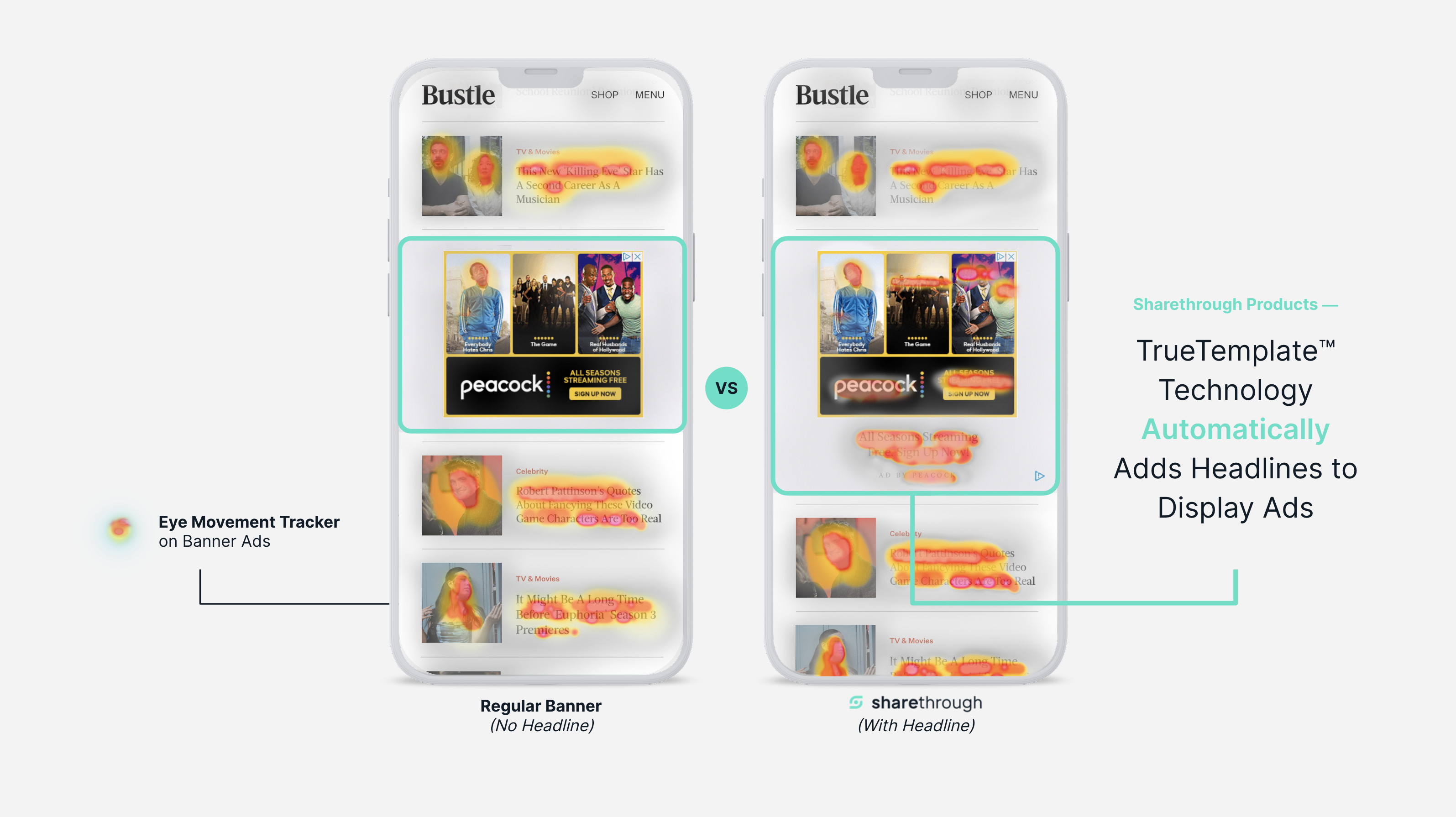Why It’s Time for Ad Tech to Embrace Human-Centered Design
Two forces are pulling against each other that could impact the long term success of the advertising industry: ad budgets and ad exposure continue to increase while consumers’ attention to ads continues to decrease. However, a tried-and-tested method exists in other industries that could be the answer to improving ad attention and effectiveness: Human-Centered Design.
By better understanding the people we are delivering ads to using a Human-Centered Design approach, we can adapt the ad tech industry to deliver ads in a more user-friendly way to improve the effectiveness of advertising across all platforms, channels and devices allowing brands to improve the performance of their ad campaigns and maximize their return on advertising spend.
Recommended:
Tips on Building the Next-gen Customer Experience Management Strategy that Delivers
What is Human-Centered Design?
Human-Centered Design (HCD) is the practice of understanding and considering people’s behavior and core needs then adapting products, services and experiences to better fit those behaviors.
HCD in Other Industries
From retail to tech to consumer packaged goods, human-centered design is prevalent in the top-performing companies of most industries.
Today, Apple is an industry leader and a household name but an uncertain future threatened Apple’s existence in its early days. Until Apple placed the customer at the core of their design process.
It rid itself of failing product lines, like the Apple Newton PDA and instead focused on its most successful products. Apple presented its product features in a way that the average person would understand their benefits, like faster startup times, quieter machines and a consistent interface between devices for a seamless user experience.
Apple’s use of HCD and popularizing the use of mobile apps also inspired brands like Airbnb and Uber. Airbnb and Uber challenged the notions that people would not want to share their house or cars with strangers. By building their offerings with empathy for their end customers, they eventually flipped those preconceived notions and disrupted entire industries.
This is not just true in unicorn companies like Apple, Airbnb and Uber. In fact, companies like Coca-Cola, Target, Inuit, P&G, Nike and other widely known brands that focus on human-centric design outperform the competition by over 200%.
Human-Centered Advertising
If this concept is so simple, why hasn’t it been applied to advertising?
Most current ad experiences are intrusive, interruptive and just plain annoying. Consumers’ online behavior and expectations have rapidly changed in the last decade, conditioned by the modern design of ads delivered by social media platforms. Or did social media platforms design it for the human experience?
So how do we ensure we apply a more human-centered approach to the delivery of digital advertising that meets the needs and expectations of people?
HCD in Video Advertising
Video advertising is particularly in desperate need of human-centric design updates. Aside from occasionally adding a “skip ad” option to pre-roll videos, very little has changed in how the ad industry delivers video ads to consumers on TV or online. Not surprisingly, more and more people are skipping or not paying attention to TV and pre-roll ads.
Our consumer behavior research confirmed a few interesting new video watching behaviors including that most people keep their phones and even computers on mute while videos play and, therefore, expect and prefer videos to have captions.
To apply this research in the real world, we tested 6 different advertiser videos with and without captions on 2600 real humans. The results showed consumers were 50% more likely to comprehend the main message of the video ad with captions and 52% more likely to remember who advertised in the video.
So a small change like adding captions to video ads can go a long way for advertisers towards adapting towards modern video watching behaviors.

Solving the TV Commercial Attention Problem
Although TV and CTV ad budgets are soaring, maintaining consumer attention during commercial breaks continues to be a major problem for advertisers.
But with distraction comes opportunity. Instead of ignoring that 79% of people are on their phones during commercial breaks, what if the ad industry adapted to that behavior and created better bridges from the TV to the phone? One simple way to do that is through QR codes. Coinbase’s historic Super Bowl ad performance certainly proved that people are willing to scan QR codes. But what if we added QR codes to all TV ads? Would that help improve attention? We tested exactly that on 1,000 different viewers and the results showed QR codes on TV ads can help increase viewers’ attention by 12%.
QR codes are just one way advertisers can adapt to consumer behaviors though. The mobile, social world is starting to encroach on TV, such as TikTok stars in commercials, like Marc Rebillet in this FitBit spot, but many other possibilities exist that can and should be tested.
For instance, what if connected TV operating systems looked more like mobile feeds where users can easily scroll through content recommendations from Netflix to TikTok in one seamless feed?
HCD in Display Advertising
Even banner ads could benefit from a dose of human-centered adjustments. For instance, while eye-tracking studies confirm that consumers are blind to banners, they also confirm that people look at the headlines first when they scan through pages.
When we tested adding a headline under the banner with the same text as the banner, consumers were 2.5X more likely to pay attention and comprehend the message of the banner.

Building the Metaverse Must Incorporate HCD
The metaverse and Web3 are the next big, new medium that the advertising industry is salivating at the prospect of conquering. However, in order for the metaverse and Web3 to avoid the same pitfalls of existing advertising mediums, it is vital that we do not rush as an industry to saturate them with ads but instead study the behaviors of consumers in the metaverse and figure out how advertising can both fit with those behaviors and, hopefully, add value to those experiences. For instance, brands can use the metaverse to become active participants in the communities of their target audiences. Attention will be harder than ever to be forced in the new Web3 but a few examples already exist of ways brands can provide value through virtual experiences, such as Addidas’ VR shop, virtual goods for their avatars and unique virtual experiences like Ralph Lauren’s Winter Escape in Roblox or Ariana Grande’s concert in Fortnite.
HCD in Advertising Is No Longer an Option but an Imperative
Brands and advertisers wanting to get more from their return on advertising spend, improve the performance of ad campaigns and lower their customer acquisition costs can benefit from applying a human-centric design approach to the delivery of their ads across all platforms, screens and devices.

Comments are closed.